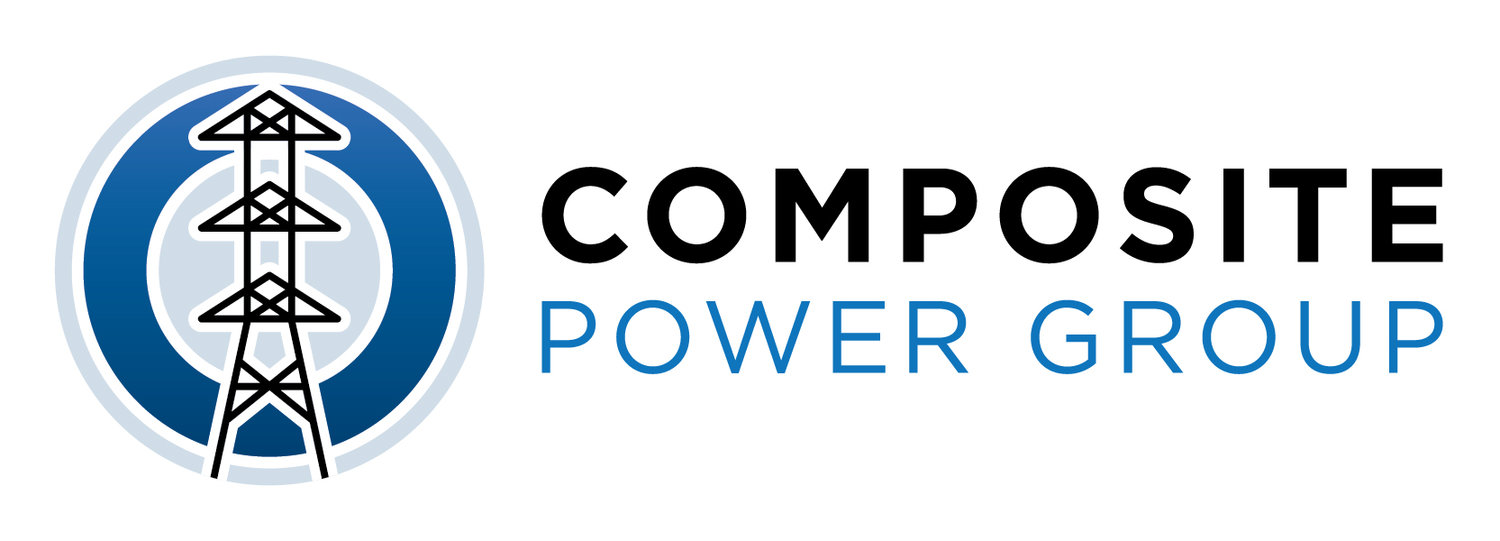Midal Cables AAAC ( All Aluminum Alloy Conductors )
/An All Aluminum Alloy Conductor (AAAC) cable is a type of overhead conductor used in power transmission and distribution lines. Similar to the All Aluminum Conductor (AAC), the AAAC uses aluminum in its construction, but with a significant difference: AAAC cables are made from aluminum alloy rather than pure aluminum. This alloy typically includes elements such as magnesium and silicon, which enhance the overall properties of the conductor.
Structure of AAAC Cable:
Stranded Aluminum Alloy: AAAC cables are composed of several strands of aluminum alloy wire. The stranding increases the flexibility of the cable, making it easier to handle and install.
Midal Cables produces and supplies AAAC with various variants of electrical-grade alloy types 6101 and 6201, comprising one or more strands of hard-drawn 1350 aluminum alloy.
Key Characteristics:
Higher Strength: The addition of magnesium and silicon to the aluminum increases the strength of the cable without a significant increase in weight. This allows AAAC to handle higher mechanical loads compared to AAC.
Excellent Conductivity: While the conductivity of AAAC is slightly lower than that of pure aluminum conductors (AAC), it still offers very good conductivity, making it efficient for electrical transmission.
Corrosion Resistance: Aluminum alloys maintain excellent corrosion resistance, particularly against environmental elements, which makes AAAC suitable for use in coastal areas and industrial environments with higher levels of pollution.
Lightweight: AAAC is lighter than copper and most steel-reinforced cables, facilitating easier handling, installation, and lower support structure requirements.
These conductors are designed to have a better strength-to-weight ratio and offer improved electrical properties, excellent sag-tension characteristics, and superior corrosion resistance compared to ACSR. AAAC's lighter weight, comparable strength, higher current carrying capacity, lower electrical losses, and superior corrosion resistance compared to conventional ACSR conductors have made it widely accepted in distribution and medium —to high-voltage transmission lines.
Applications:
Power Transmission Lines: Used in primary high and medium voltage transmission lines where greater mechanical strength is required.
Primary and Secondary Distribution: Suitable for both primary and secondary distribution lines in urban and rural settings.
Special Applications: Often used in areas where a high degree of corrosion resistance is necessary or where environmental considerations are a concern.
Advantages Over AAC:
AAAC provides a better strength-to-weight ratio, allowing for longer spans between supports without sagging.
The enhanced mechanical strength also makes AAAC more robust under adverse weather conditions.
Limitations:
While AAAC offers numerous advantages, its cost may be higher than AAC due to the complexity of the aluminum alloy used. However, its properties often justify the extra cost in applications where durability, strength, and a lower weight are crucial.
AAAC cables are a versatile and robust option for overhead power transmission and distribution networks, offering an excellent balance of strength, conductivity, and corrosion resistance.
Midal Cables can produce and deliver AAAC on non-returnable wooden or steel reels, or on returnable steel reels.
Features:
High strength-to-weight ratio
Better sag characteristics
Improved electrical properties
Excellent resistance to corrosion
Specifications:
AAAC manufactured by Midal Cables meets or exceeds the requirements of all international standards, including:
CSA - Canadian Standard
ASTM - American Standard
IEC - International Electro-technical Commission
EN - European Standard








